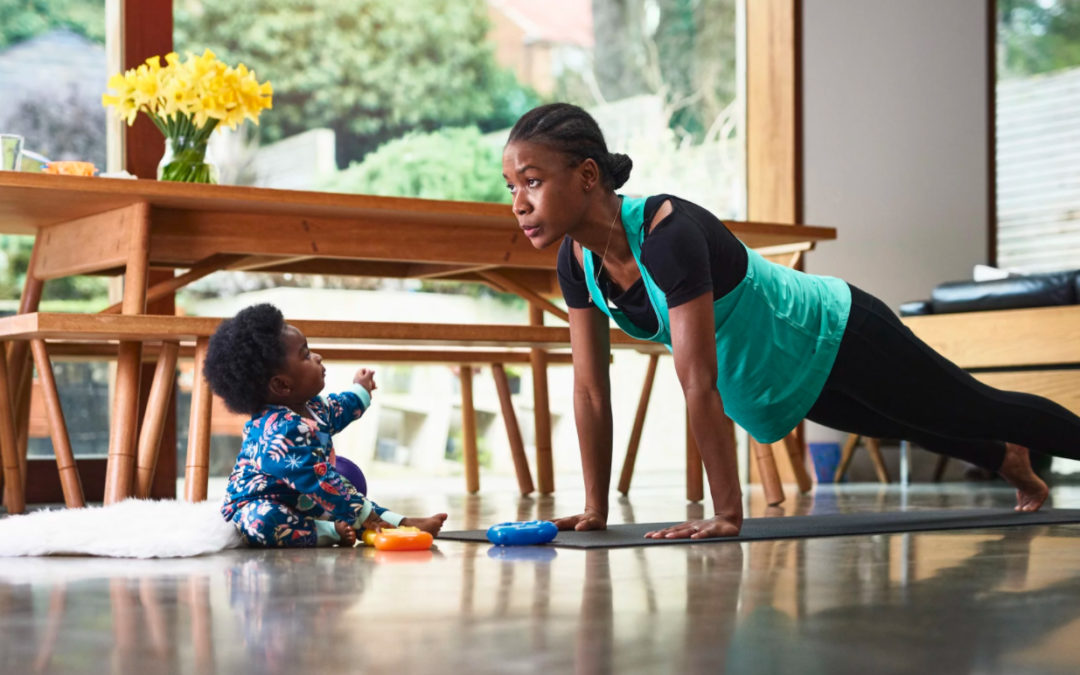
by Comprehensive Orthopaedics | Mar 30, 2020 | Wellness
Sneezes, coughs, and handshakes aren’t the only way to spread illness-causing germs. Viruses and bacteria can linger around your home. Target these high-touch spots to cut back on the spread of germs year-round, and especially during the COVID-19 pandemic. Smartphones...

by Comprehensive Orthopaedics | Mar 30, 2020 | Wellness
No matter who you are or where you live, one topic is dominating all conversations: The coronavirus. In this ever-changing world filled with more questions than answers, here’s what experts know for certain. Fact #1: No one is immune The coronavirus, also known as...

by Comprehensive Orthopaedics | Mar 26, 2020 | Wellness
With all the information swirling around about coronavirus, it’s important to understand the facts. Coronavirus disease 2019 (COVID-19) is a virus that causes respiratory illness. It was first found in people in Wuhan, China, in late 2019, and has now been detected in...

by Comprehensive Orthopaedics | Mar 24, 2020 | Wellness
Don’t let the closure of your go-to fitness center spoil a healthy exercise routine. Here are a few creative tips to help bring your exercises indoors. Indoor aerobic activities Aerobic exercise helps your heart and lungs and offers proven stress reduction benefits....

by Comprehensive Orthopaedics | Mar 24, 2020 | Wellness
As working from home has suddenly become the new norm for many employees across the globe, people everywhere have pivoted to define what work-life balance looks like in a time where stress is at an all-time high. On the physical side, this stress can lead to...





